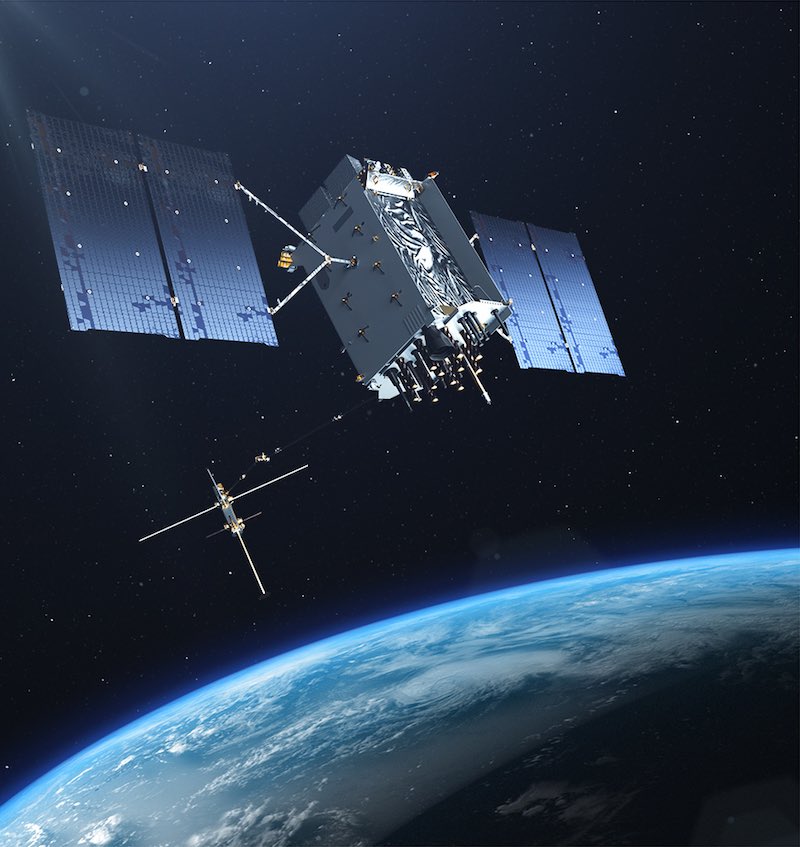Using telescopes that study the sky in the microwave part of the electromagnetic spectrum, astronomers have successfully mapped the structure of the magnetic field of the Milky Way galaxy. While magnetic fields are difficult to measure in space, an international team of astronomers used the Teide Observatory on Tenerife in the Canary Islands to conduct 10 years of observations.
The Teide Observatory. Credit: Instituto de Astrofísica de Canarias.The team’s collaboration, called QUIJOTE (Q-U-I JOint TEnerife) used two 2.5 m diameter telescopes, to observe the sky in the microwave part of the electromagnetic spectrum. Learning more about our galaxy’s magnetic field can provide information about star formation, cosmic rays, and many other astrophysical processes.
The team said their work complements data gathered by previous space missions dedicated to the study of the cosmic microwave background radiation (CMB), the fossil radiation left behind by the Big Bang, which gave a detailed insight into the early history of the cosmos.
“These new maps give a detailed description in a new frequency range, from 10 to 40 GHz, complementing those from space missions such as Planck and WMAP,” said José Alberto Rubiño, lead scientist of the QUIJOTE Collaboration, in a press release. “We have characterized the synchrotron emission from our Galaxy with unprecedented accuracy. This radiation is the result of the emission by charged particles moving at velocities close to that of light within the Galactic magnetic field. These maps, the result of almost 9,000 hours of observation, are a unique tool for studying magnetism in the universe.”
The magnetic field of our Milky Way Galaxy as seen by ESA’s Planck satellite. Credit: ESA and the Planck Collaboration.The work on this mapping project started in 2012, and the team has now published a series of 6 scientific papers that provide the most accurate description to date of the polarization of the emission of the Milky Way at microwave wavelengths. Polarization is a “property of transverse waves such as light waves that specifies the direction of the oscillations of the waves and signifies the presence of a magnetic field,” the team explained.












